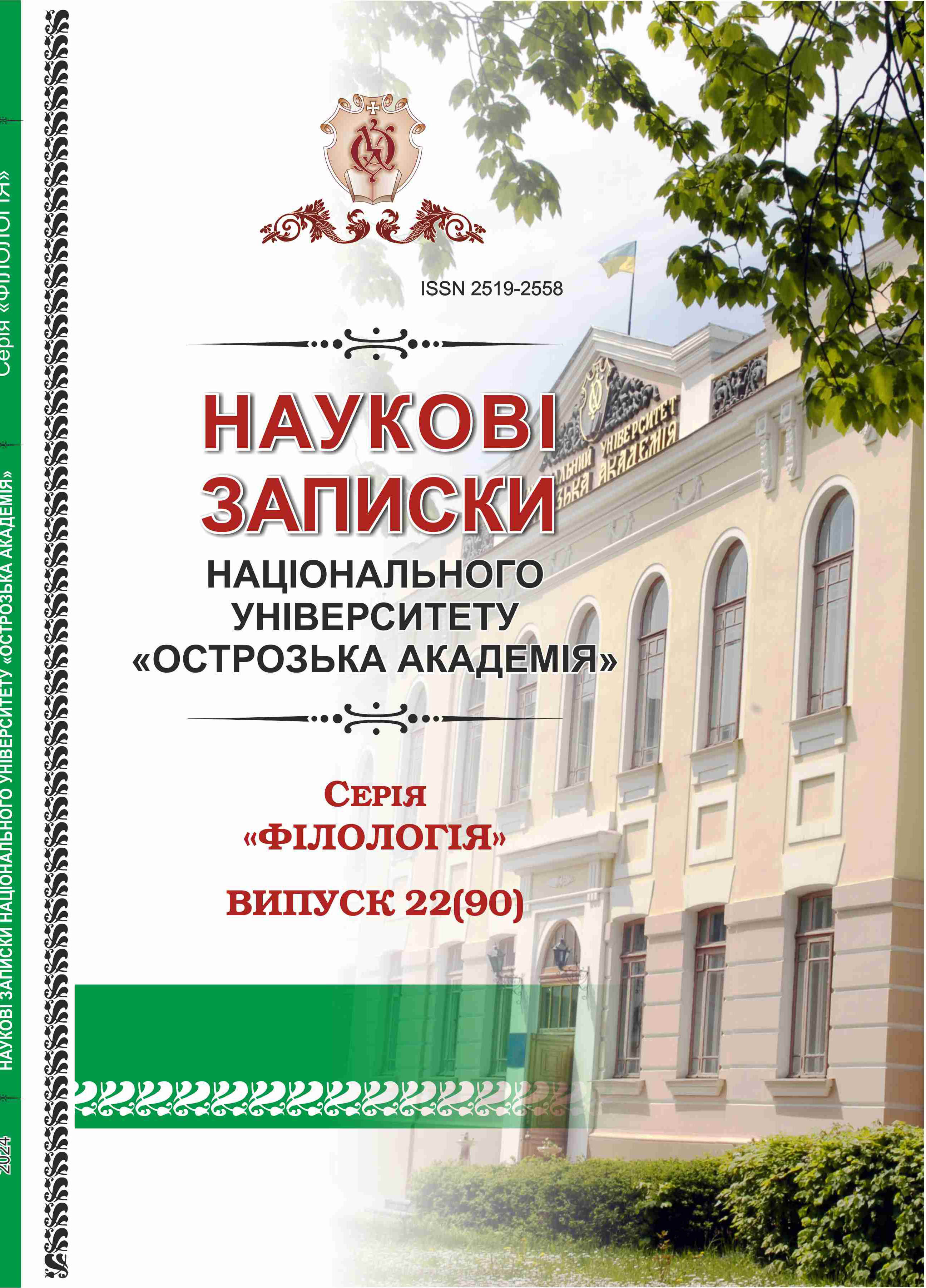ПРОСТОРОВІ МОДЕЛІ В УКРАЇНСЬКОМУ РЕТРО-ДЕТЕКТИВІ ПОЧАТКУ ХХІ СТ.: ПОСТКОЛОНІАЛЬНИЙ АСПЕКТ (НА МАТЕРІАЛІ ПРОЗИ БОГДАНА КОЛОМІЙЧУКА ТА АНДРІЯ КОКОТЮХИ)
Ключові слова:
колоніальний дискурс, контрдискурс, постколоніальна критика, ретро-детектив, простір, центр, периферія.Анотація
У колоніальному та антиколоніальному дискурсах ХІХ-ХХ століть ментальне картографування ставало формою символічного оприсутнення у просторі. Метропольні тексти намагалися представити світ виразно ієрархізованим, у якому головну роль було відведено імперському “центру”, у контрдискурсивному наративі прагнули перевернути цю модель, протиставляючи імперській столиці повноцінність периферійних територій. Детективні твори кінця ХІХ віку, представленні текстами Артура Конан Дойла, оприсутнюють колоніальну модель світу, саме в серці імперії відбувається перемога над злочинною діяльністю, що часто розпочинається в заокеанських колоніальних володіннях. Натомість сучасний детектив (романи Абіра Мухерджі) трансформують метропольну просторову ієрархію, акцентуючи увагу на самодостатності периферії та втраті авторитетності центру.
Український детективний роман початку ХХІ століття пропонує постколоніальну стратегію переосмислення національного досвіду взаємин з Австро-Угорщиною напередодні Першої світової війни. Тексти Андрія Кокотюхи та Богдана Коломійчука постають яскравою формою ретро-детективу, який окрім розслідування кримінальної історії передає дух епохи та культуру повсякдення певної історичної доби. Твори українських письменників демонструють занурення у простір Львова, докладно описуючи міську топографію, архітектуру, готелі та ресторації, що перетворюється на символічну територію з виразним національним історичним смислом.
У детективних ретро-романах Богдана Коломійчука деконструйовано метропольне картографування мапи Європи, периферійний простір Галичини насправді постає місцем, на відміну від Відня, у якому перемагає законність та справедливість. Письменнику вдається вибудувати лінійну просторову модель, у якій Львів набуває рис самобутності та повноцінності поряд з імперськими столицями початку ХХ століття.

